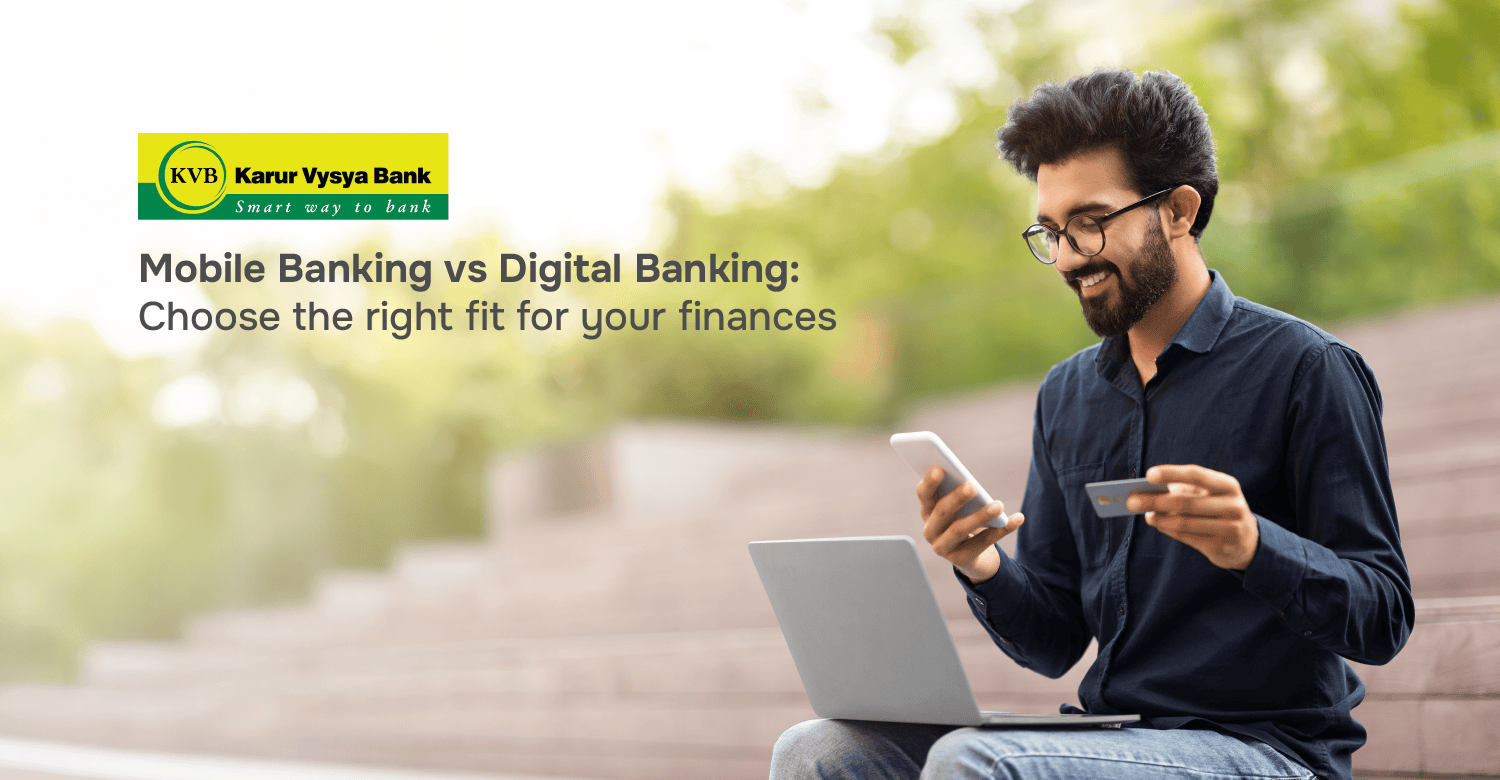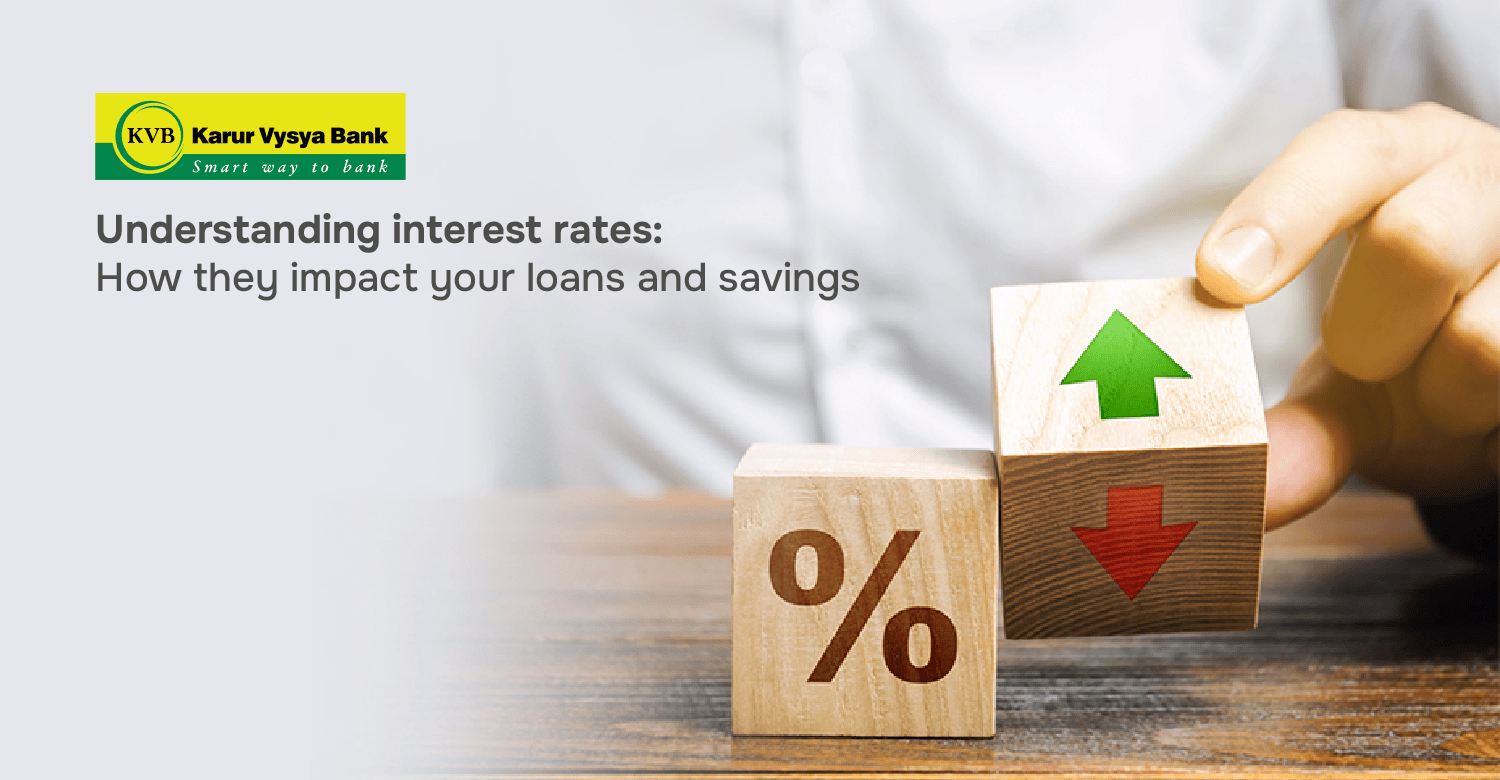Mobile Banking vs Digital Banking: Choose the right fit for your finances

With the rapid evolution of banking technology, the way customers access financial services has drastically changed. Two common terms that often come up are mobile banking and digital banking. While they may appear similar, key differences set them apart. Understanding these distinctions can help you choose the right platform for your financial needs.
What is mobile banking?
Mobile banking refers to using a smartphone or tablet to perform banking tasks via a bank's mobile app. This service allows users to manage their accounts, transfer funds, pay bills, and even apply for loans, all from the convenience of their mobile devices.
Key mobile banking benefits:
- Convenience: Access your bank accounts anytime, anywhere.
- Instant notifications: Receive alerts for transactions, balances, and special offers directly on your phone.
- Bill payments: Pay bills on the go or schedule future payments.
- Fund transfers: Quickly transfer money between accounts.
One of the main advantages of mobile banking is its portability. Managing your finances has never been more efficient with your bank at your fingertips.
What is digital banking?
Digital banking is a broader term that encompasses all online banking services offered by financial institutions. While mobile banking is a subset, digital banking includes additional services like online loan approvals, investment platforms, and virtual customer service. Accessible from desktops, tablets, and smartphones, digital banking transforms traditional banking into a fully online experience.
Key features of digital banking:
- Comprehensive account management: Access your accounts from multiple devices.
- Advanced financial services: Enjoy services like wealth management, online investments, and transaction analysis.
- Seamless integration: Connect with third-party financial tools like budgeting apps or payment systems.
- Paperless transactions: Complete nearly all banking activities online without visiting a branch.
The key differences between mobile banking and digital banking
- Scope of services: Mobile banking focuses on essential tasks, such as transferring money and paying bills. In contrast, digital banking offers a broader range of services, including loans, investments, and financial planning.
- Platform dependency: Mobile banking is limited to smartphones and tablets, while digital banking covers all platforms, including desktops.
- Service availability: Mobile banking is ideal for quick transactions, whereas digital banking platforms provide more comprehensive financial services.
- Technological infrastructure: Digital banking uses advanced technology, including artificial intelligence (AI), data analytics, and blockchain, to deliver secure and seamless services.
Mobile banking is perfect for quick, on-the-go tasks, while digital banking provides a more holistic and comprehensive banking experience across multiple platforms. Whether you're seeking the portability of mobile banking or the full range of digital banking services, Karur Vysya Bank has you covered. KVB's DLite mobile app banking ensures you can handle everyday transactions from your smartphone, while its digital banking platforms offer more sophisticated services across mobile and desktop devices. Explore modern banking technology and take control of your financial future today.


